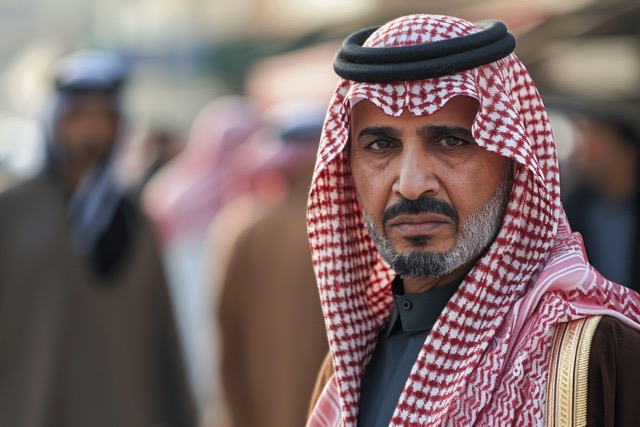Saudi Arabia on Track to Plant 100 Million Mangrove Trees by 2030
Saudi Arabia is making great strides towards its goal of planting 100 million mangrove trees by 2030, aligning with the Saudi Green Initiative and Saudi Arabia’s Vision 2030.
Progress Report on Mangrove Planting Efforts
Since the launch of the ambitious coastal forest cover program a year ago, approximately 13 million mangrove seedlings have already been planted, according to a progress report by the National Center for Vegetation Cover Development and Combating Desertification (NCVC) as reported by the Saudi Press Agency.
Planting Locations and Progress
The majority of the planting projects are currently focused along the Red Sea coast of the Kingdom, with Jazan province leading the way with 5.5 million seedlings. Makkah province follows with 2.4 million seedlings, while Madinah, Tabuk, and Asir provinces have planted 2 million, 1.5 million, and 1 million seedlings respectively.
Along the Arabian Gulf coast, the Eastern Province has planted 500,000 seedlings so far, with additional plantings done on Ras Abu Ali Island in Jubail governorate and Al-Wajh governorate prior to the formal launch of the project.
Efforts to Protect and Care for Seedlings
To ensure the success of the project, measures such as fencing and caring for the seedlings are being implemented to protect them from algae, seaweed, grazing, and encroachment, as reported by the SPA.
Launch of “Mangrove Restoration” Campaign in Asir Region
In the western province of Asir, the NVCV and the Asir Region Development Authority (ASDA) recently kicked off the “Mangrove Restoration” campaign on the province’s coasts in celebration of the International Day for the Conservation of the Mangrove Ecosystem.
Importance of Mangrove Conservation
The campaign aims to raise awareness about the significance of planting and protecting mangrove forests, educate the public about their positive impact on the environment, and highlight their role in combating climate change and global warming.
Mangroves, along with seagrass beds and coral reefs, play a crucial role in maintaining the health of coastal zones by providing habitat for numerous species, stabilizing shorelines, preventing erosion, and protecting communities from natural disasters.
According to the American Museum of Natural History, an estimated 75 percent of commercially caught fish rely on mangroves for food sources or habitat, emphasizing the importance of preserving these coastal forests.
Countries experiencing significant mangrove destruction are also seeing a decline in fish catch, highlighting the interconnectedness of ecosystems and the need for conservation efforts.

